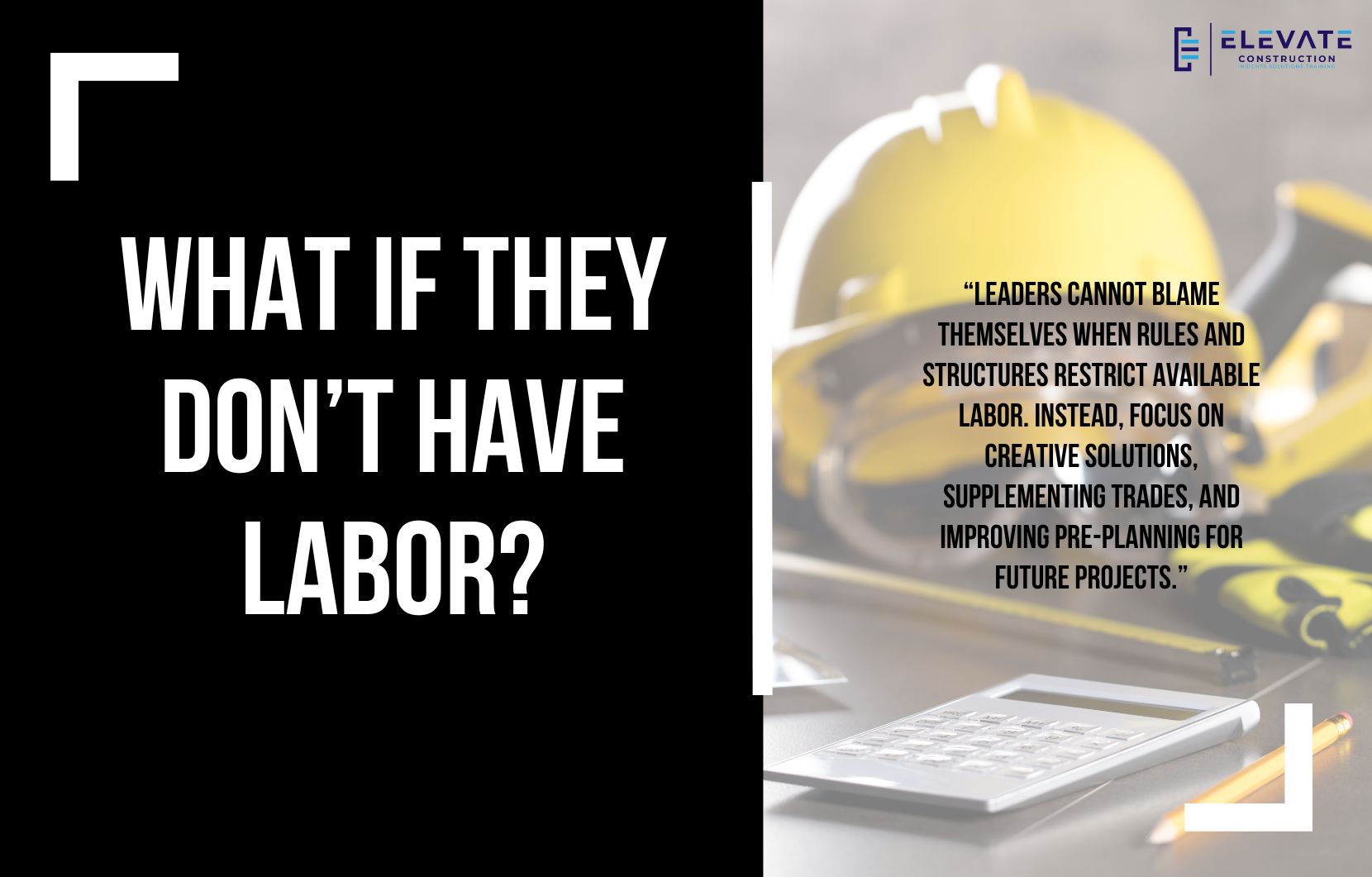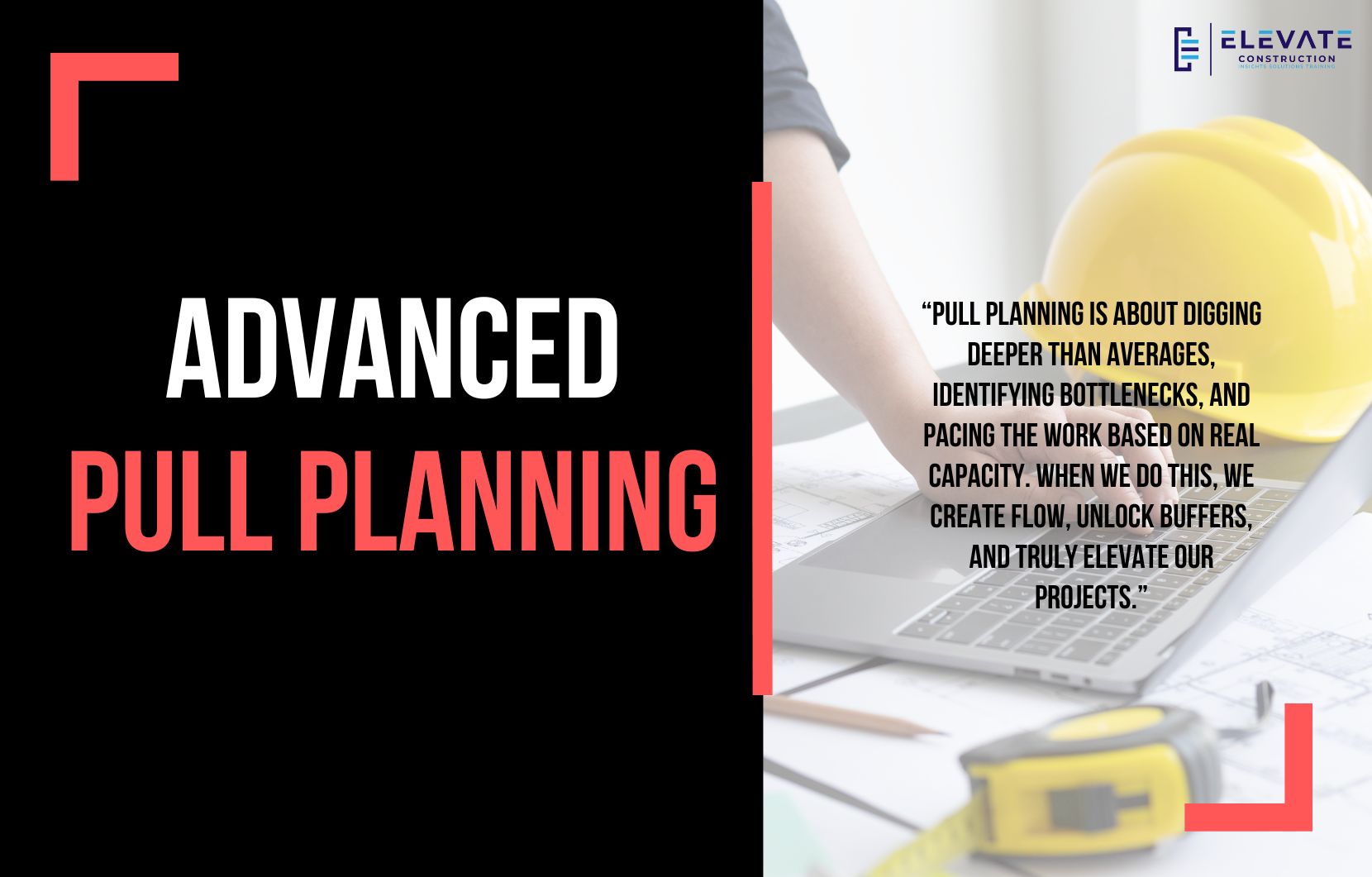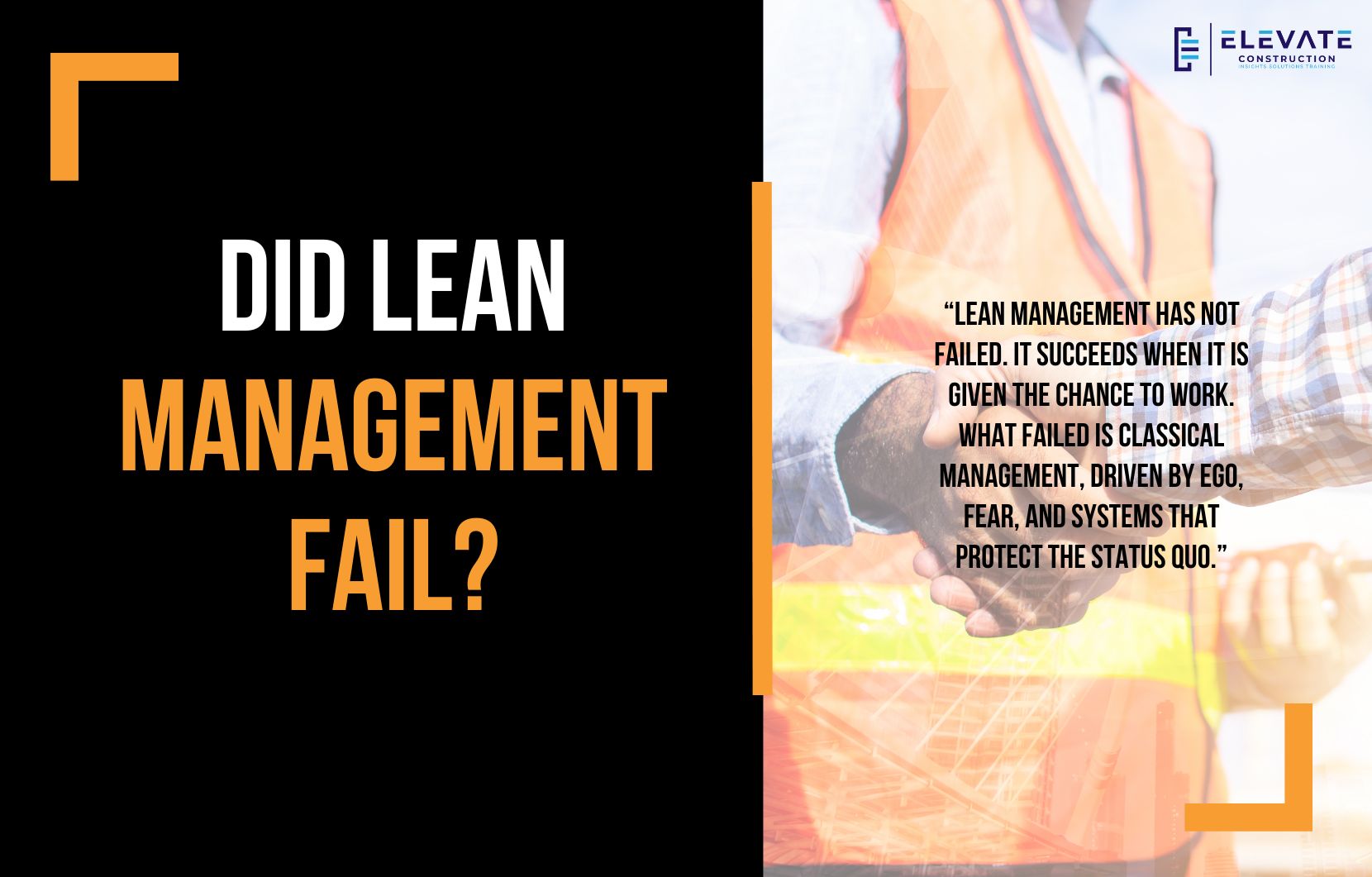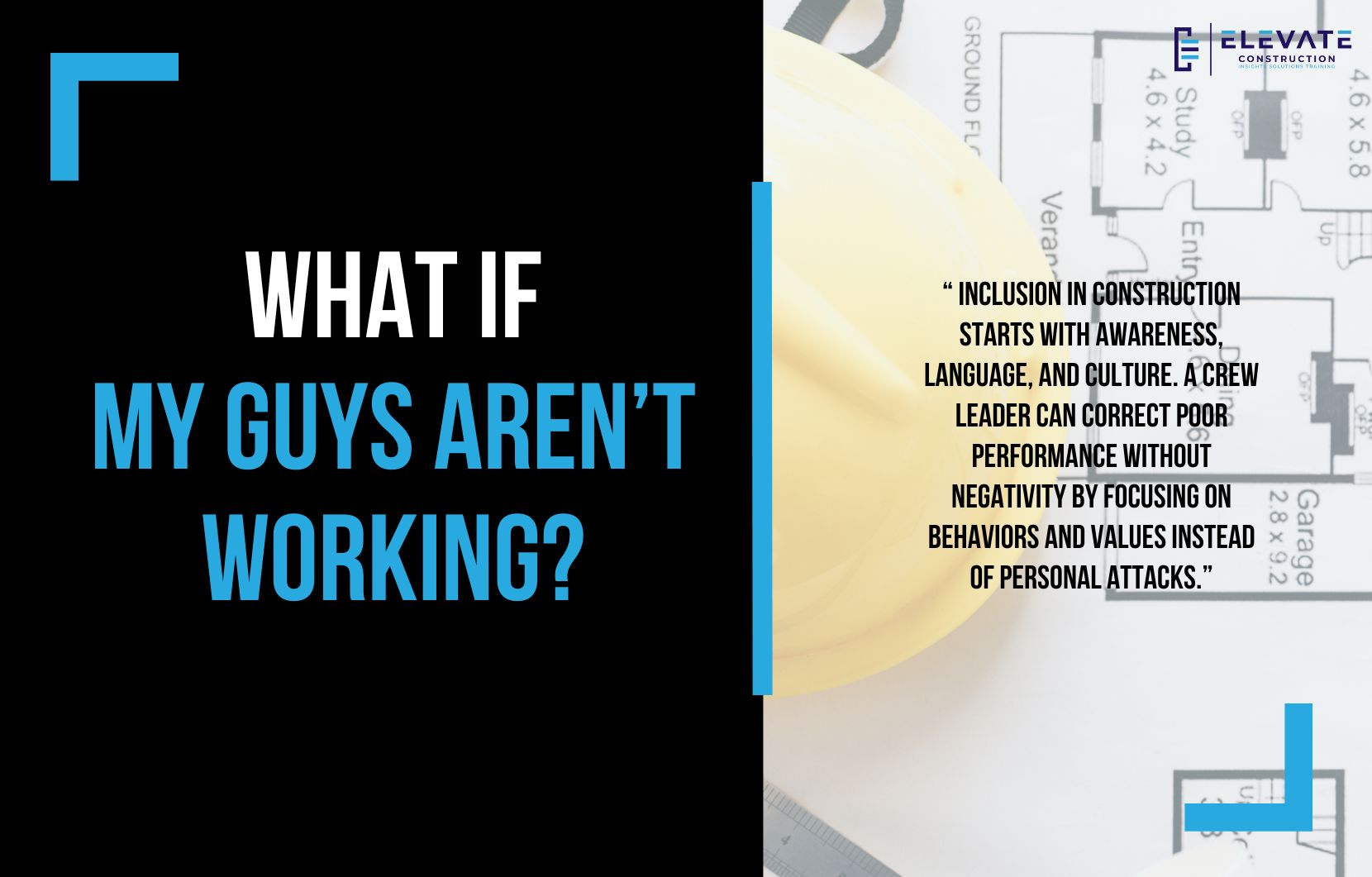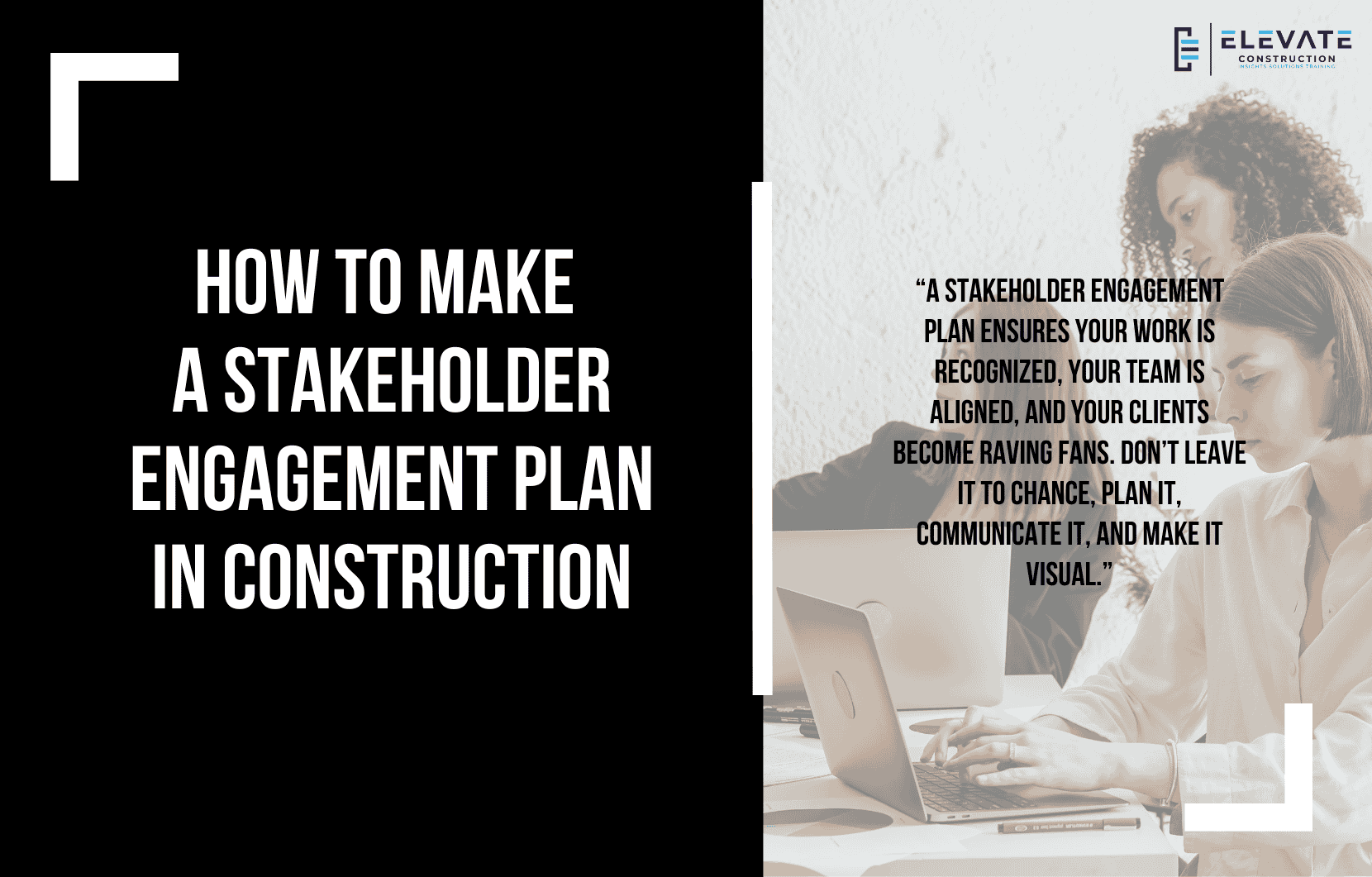Facing System Constraints on the Jobsite
In this blog, I responded to a thoughtful question from a listener who is dealing with a tough situation on their project. Their team completed a pull plan with trade partners for raised access flooring and mechanical systems, but now the mechanical contractor cannot keep their promises. The roadblocks have been cleared, yet the work is still not progressing because they simply cannot get the manpower. The project requires American citizens with no felonies, and while the team is willing to support in any way possible, this restriction has left them short-handed.
When I hear situations like this, I immediately go back to systems thinking. On any construction project, progress is shaped by five things: the paradigm of the owner, the mindset of the leaders, the goals of the system, the structure of the system, and the rules of the system. In this case, it is clear that the rules and structure of the project are creating the constraint. The team is not struggling because of laziness or lack of commitment. They are struggling because the system limits who can be hired.
This is not a small thing. Our country has a complicated relationship with labor, especially immigrant labor. We often hear narratives that immigrants are taking jobs or that crime is tied to them, but that is not accurate. The truth is, many people in the United States simply do not want to work in construction. Combine that with restrictions around hiring individuals with felonies, and suddenly we cut ourselves off from a huge portion of the available workforce. Considering that the United States holds about twenty percent of the world’s prison population, much of it from non-violent drug-related offenses, these restrictions matter.
So here is the hard truth. If your project requires only American citizens without felonies, you are going to face major labor shortages. That is not the fault of the superintendent or even the trade partner. It is the result of system constraints that were in place long before you walked onto the jobsite.
What Can Be Done?
First, we have to stop blaming ourselves for system problems. I told this listener that they are essentially being put in an abusive situation, like being punished for something outside their control. They are in hell right now because they are expected to deliver results without the resources needed to succeed. That is unfair.
Second, while you cannot change the rules, you can get creative. Start by supplementing the trade partner with additional crews if possible. Explore other companies that can provide labor under the same restrictions but with more available capacity. Use takt planning and creative scheduling to help them accomplish more with less. And support their recruiting efforts if there are ways to do so.
Third, and most importantly, let this be a lesson for future projects. Pre-planning must include an honest reference class analysis. We must understand what production rates are realistic for a given region with the rules in place. If the constraints are this tight, we cannot build the project at the same pace as one with a broader labor pool. Recognizing that early would help us set realistic schedules and avoid creating situations where leaders are unfairly blamed.
Key Takeaway
System constraints are often the real reason projects fall behind. Leaders cannot blame themselves when rules and structures restrict available labor. Instead, focus on creative solutions, supplementing trades, and improving pre-planning for future projects.
If you want to learn more we have:
-Takt Virtual Training: (Click here)
-Check out our YouTube channel for more info: (Click here)
-Listen to the Elevate Construction podcast: (Click here)
-Check out our training programs and certifications: (Click here)
-The Takt Book: (Click here)
Discover Jason’s Expertise:
Meet Jason Schroeder, the driving force behind Elevate Construction IST. As the company’s owner and principal consultant, he’s dedicated to taking construction to new heights. With a wealth of industry experience, he’s crafted the Field Engineer Boot Camp and Superintendent Boot Camp – intensive training programs engineered to cultivate top-tier leaders capable of steering their teams towards success. Jason’s vision? To expand his training initiatives across the nation, empowering construction firms to soar to unprecedented levels of excellence.
On we go

